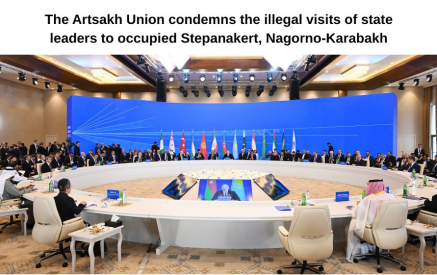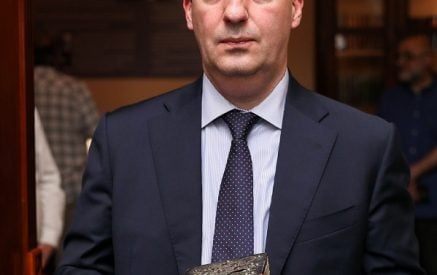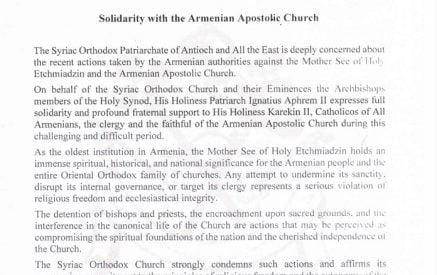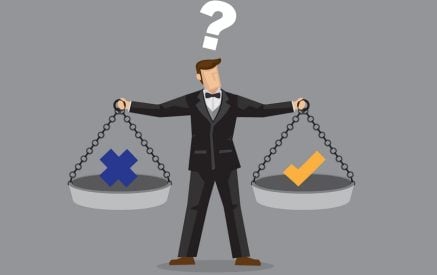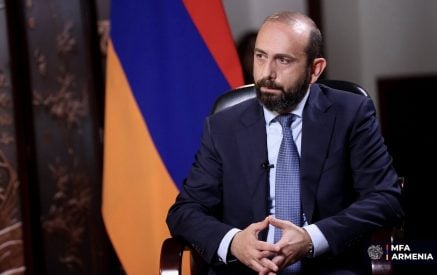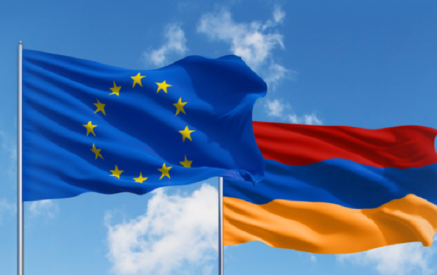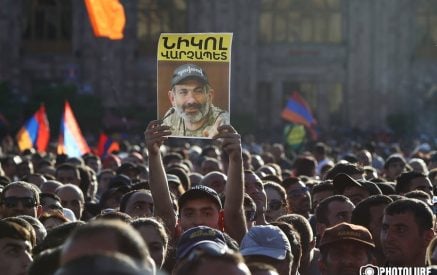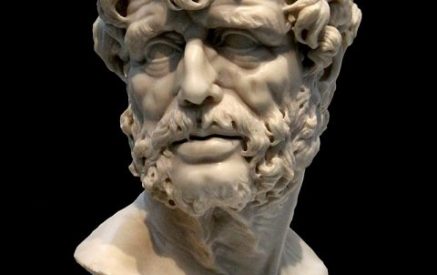A crowd is not a group of people but a mindset
Those who study the mechanisms of public opinion formation are undoubtedly familiar with the well-known representative of this field, the founder of the modern theory of PR, Edward Bernays. That personality is remarkable in several respects. For example, he lived for 103 years (1891-1995). But it’s a fascinating biographical fact, after all. And the fact that Bernays’ uncle was the world-famous psychologist Sigmund Freud has a direct connection with the theoretical and practical work of the American PR specialist.
Freud, as is well known, devoted a great deal of space to the unconscious. Accordingly, the basis for a person’s choice of this or that behavior is not, as a rule, rational calculation. In particular, when buying a product, people are usually guided not by its usefulness but by what it symbolizes. The simplest example is that people buy this or that car not because it is comfortable moving but because it is considered a symbol of success. Bernays developed his uncle’s ideas and, based on them, his theory of public opinion, which was also successfully implemented in various fields. His central thesis was that people can be sold anything with the right PR.
In the 1920s, American tobacco manufacturers commissioned Bernays to double the number of consumers at the expense of women. (At that time, there were rigorous public “taboos” about smoking in the United States.) By organizing a large-scale advertising campaign, Bernays could “convince” women that smoking was the primary manifestation of being successful, intelligent, and “emancipated.” That “taboo,” a beneficial, life-saving prohibition, was broken, and American women started smoking en masse. It took several more decades to convince people that tobacco consumption was not a symbol of anything good.
Read also
At the core of Bernays’s theory is the crowd’s perception, and here he used the ideas of Freud and the famous French sociologist Gustave Le Bon. A crowd is not a group of people but a mindset of how crowd thinking is formed. Bernays rightly observed that choosing a particular source of information is essential in this case. “People choose the facts that reach them through existing communication channels,” writes Bernays, “They prefer to learn about something new through familiar means.” They have neither the time nor the desire to look for facts that are hard to come by.”
Although Bernays’s work (The Formation of Public Opinion) was first published exactly 100 years ago, in 1923, many of the ideas here sound prophetic. Namely, people choose those sources that confirm their formed beliefs, often prejudices (confirmation bias). This tendency is exacerbated in the digital age when selecting a few messages from millions, “intertwining” them uniquely, and creating a whole world is possible. No information or fact that would contradict its “unshakable rules” gets inside the walls of that world.
Suppose there is a group in the social network whose members are convinced that the Earth is flat. Members of that group can “pull” and publish dozens of pieces of information from the Internet daily that support their theory. As well as cursing, calling “ignorant” and “sell-out” anyone who thinks the Earth is round. In the same way, people can be “sold” the idea that the fall of Artsakh will strengthen the statehood of 29.8 thousand kilometers; (“Motherland and state are different things, aren’t they?”).
Although this theory is absurd and suicidal, hundreds of thousands believe it, like the American women in the 1920s who believed smoking was a symbol of success.
Aram ABRAHAMYAN
“Aravot” daily, 25.07.2023




